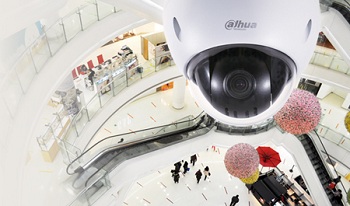The surveillance camera market is growing rapidly, but the so-called smart cameras, which deal with real-time information instead of just storing the images, remain expensive. Professor Christophe Nicolle, Dr. Julien Dubois and their colleagues at the University of Burgundy have invented a new way to enable cameras to give alerts. The event is detected from the significant information extracted from the considered video scene as well as other data from the environment (i.e. other camera and/or rules from a specific ontology).
Winner of the Innovation World Contest 2014 in the Big Data category, Christophe Nicolle and his team had designed an application for indexing all the knowledge about the life-cycle of a building from its representation in BIM (Building Information Modeling). The innovation that the researcher proposes today is a continuation of that project.
It consists of semantically modelling all the elements of a building in order to improve the image processing. In this way the cameras will be able to understand what they see and they will send information and communicate between them instead of sending a video to a human supervisor.
For ten years the surveillance camera market growth is on average at around 10% per year. But the so-called smart cameras capable themselves of handling the images produced and communicating the information remains rare ten years after their development, because of their high price. The method proposed by Christophe Nicolle and his colleagues is said to significantly lower monitoring costs. According to Nicolle, it allows for the use of a 70 Euro camera, where we currently might use equipment costing up to € 4,000. The innovation has obvious applications in the field of security but also in the personal assistance sector, to detect falls of isolated persons for example, or to guide a blind person in a building, thanks to the communication between the cameras.








